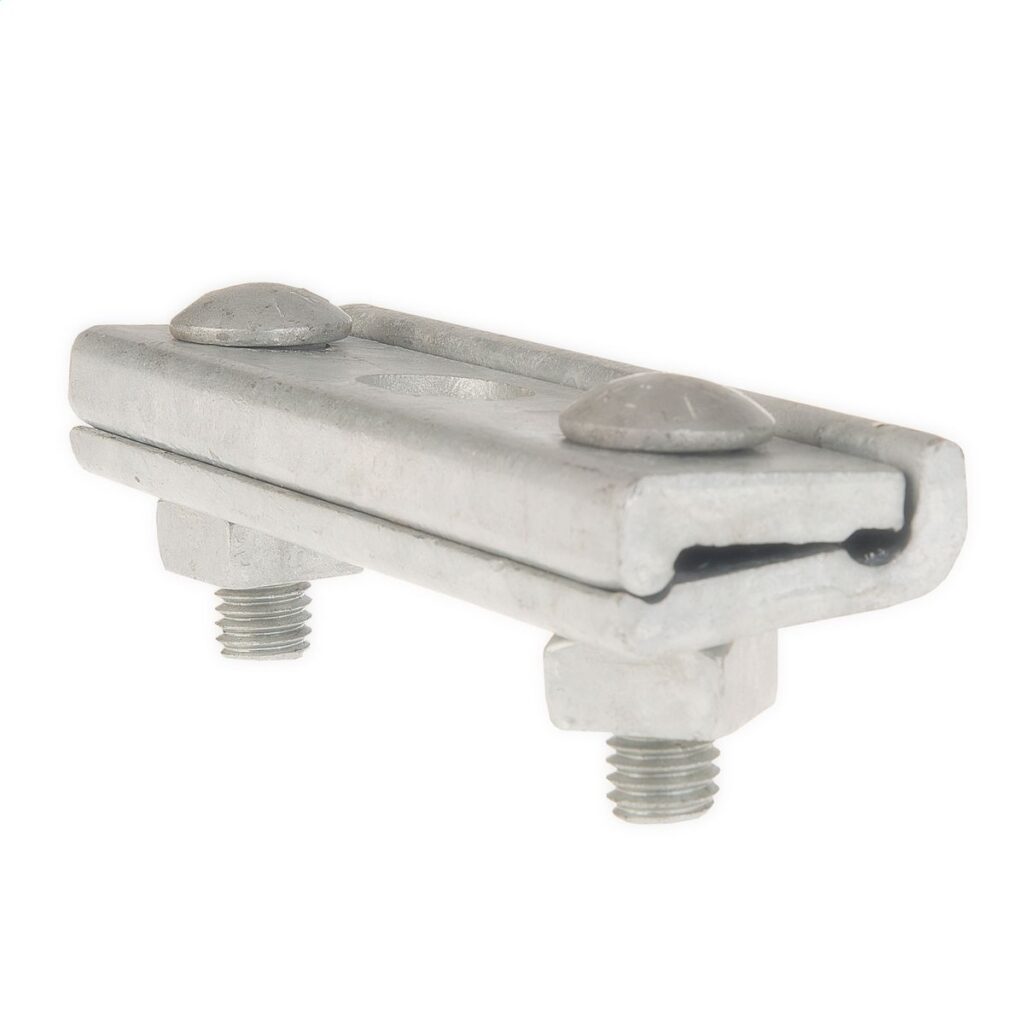
A cable suspension clamp is also known as a messenger suspension clamp. It is a device used to secure cable, cable bundles and cable strands. It also provides a supple cable pathway to transfer load from one point to another. A cable suspension clamp also allows the conductors to hang at different angles. The cable suspension clamp consists of the body, cable attachment, strap, washers and cable spring. Corrosion-resistant cable suspension clamps support the expansion of transmission lines for wind and solar power projects in South America. Common types of cable suspension clamps include street line type, angled type and twisting type. They find use in applications such as electrical transmission lines, vibration control, preventing sag and tensioning. These are applications where the cables need to be properly connected and secured.
Key features of cable suspension clamp
Features of the cable suspension clamp help when deciding which type o select for your application. It is therefore advisable to consider the specific application to enhance performance. The features also help ensure the clamps provide effective support, secure and maintain the tension of overhead cables. They also vary depending on manufacturer and requirements of the systems. The following are the key features of the cable suspension clamp.
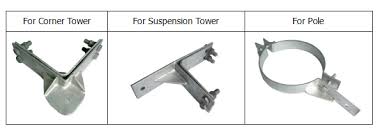
- Material – the device is from high-strength materials that are resistant to corrosion and UV radiation. Common materials include aluminum, stainless steel or high-strength polymer materials.
- Clamping mechanisms – this mechanism securely clasps the cable without causing damage.
- Corrosion resistance – they are from materials resistant to corrosion. This helps to ensure their reliability and durability.
- Load-bearing capacity – the clamps are able to support the weight of the cable they hold. They also support extra mechanical loads or forces that may act on the cable.
- Vibration control – the clamps have Stockbridge damper features to mitigate aeolian vibrations.
- Ease of installation – they should have easy installation features, adjustment and maintenance. This helps to reduce downtime and labor costs.
- Cost effectiveness – the suspension clamps should be cost effective. They should also offer value for the investment. They should balance quality, functionality and budget considerations.
- Design – the clamps design is compatible with various types of cables. This also varies depending on type and diameter of the cable.
- Electrical isolation – cable suspension clamps provide electrical isolation between the cable and the supporting structure. They are from materials that prevent electrical leakage and short-circuits.
Selection and installation of cable suspension clamp
The selected cable suspension clamp should ensure safety, reliability and performance. The process involves considering various factors such as cable type and size, application, environmental conditions, load requirements, corrosion resistance and adjustability. The installation process should ensure the clamp supports the cable, maintains proper tension. It should also provide electrical isolation. Additionally, it is advisable to consult with experts whenever in doubt. The following is a basic installation process for the cable suspension clamp.
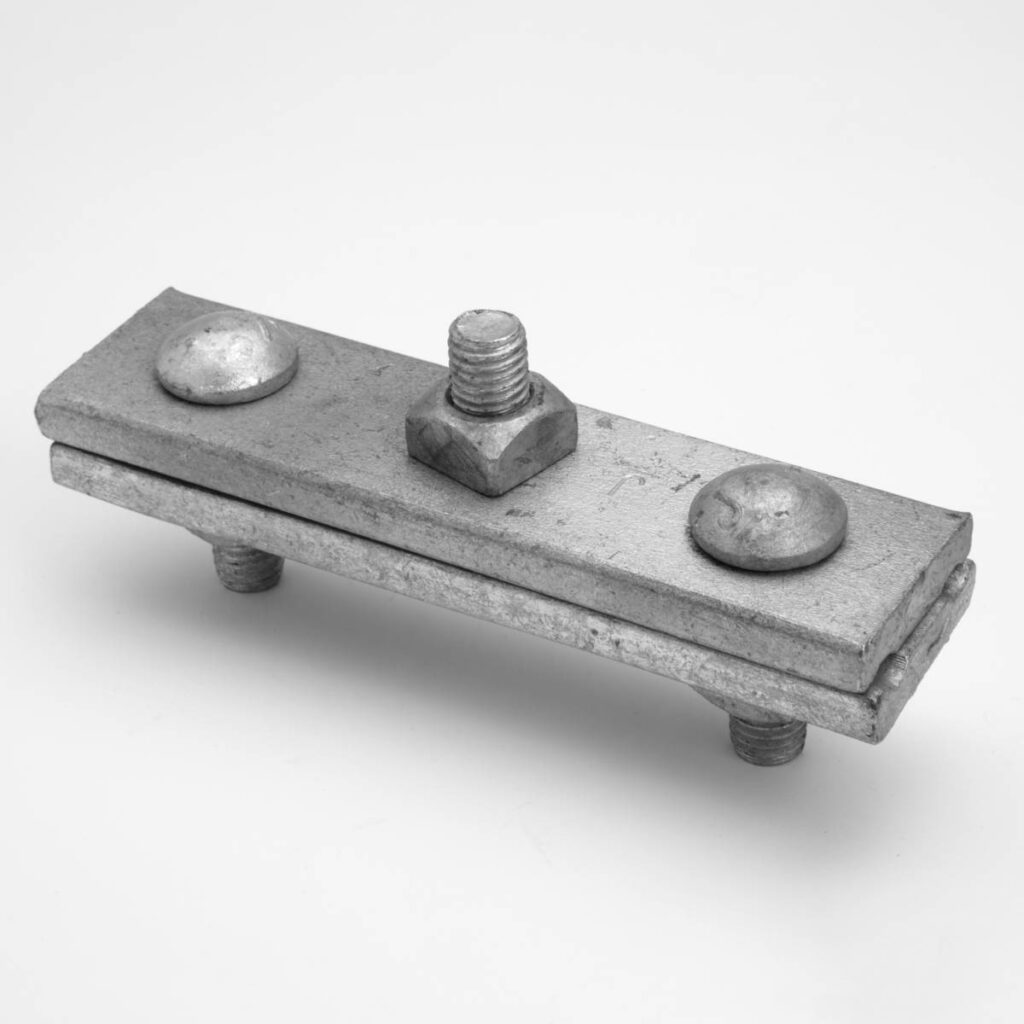
- Tools – gather all the necessary tools required for the installation. These may include cable suspension clamp, wrenches, safety gear, lighting equipment and insulations.
- Installation location – identify the installation location along the transmission lines.
- Cable preparation – ensure proper positioning and alignment for installation. Replace any cables with damages or defects.
- Clamp attachment – open the clamp and position it around the cable. Ensure the clamp’s grooves align with the cable. Close the clamp securely around the cable and ensure proper gripping without damage. Tighten the bolts using the wrenches as recommended by manufacturer.
- Insulator attachment – attach required insulators to the clamp or supporting structure.
- Protective coverings – apply protective coatings to prevent corrosion depending on the environmental conditions.
- Tensioning and alignment – check the tension in the cable and ensure it is within specified range. Adjust the clamp to achieve the correct tensions as needed.
- Inspection – perform a visual inspection of the entire installation. This helps to ensure all components are properly aligned, tightened and secure.
- Documentation – maintain detailed records of the installation. This includes clamps model and serial number, dates and other adjustments made.
Maintenance and inspection of cable suspension clamp
Regular maintenance and inspection of the clamp ensures safety and reliability of the systems. It also helps identify and address issues before they cause hazards and accidents. The frequency of the inspections depends on the environmental conditions of the area. For example, the tropical rainforests, arid regions and high-altitude areas of South America requires specific considerations. The following is a basic guide to the maintenance and inspection in South America.
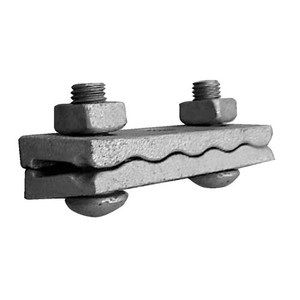
- Conduct regular visual inspections of the cable suspension clamps. Check for signs of wear, corrosion, damage, loose fasteners and proper alignment.
- Apply suitable anti-corrosion coatings to cable suspension clamps. This is particularly in areas with high humidity and salt exposure.
- Check the tension in the cables and adjust as required. This helps to maintain the specified tension levels.
- Monitor the thermal expansion and contraction of cables and clamps. Ensure they can accommodate the changes.
- Consider the use of vibration dampers to reduce the wear and tear on cables.
- Periodically clean the clamps and the cable to remove dirt, debris and contaminants. These may affect performance of the clamp.
- Confirm that the cable suspension clamps provides effective electrical isolation between the cable and supporting structure.
- Follow manufacturer’s guidelines and recommendations for maintenance, inspections and repairs.
- Keep comprehensive records of the maintenance and inspection. This is including dates, findings and any repairs or replacements.
Comparative analysis of cable suspension clamp in South America
A comparative analysis includes assessing factors such as types of clamps, materials, environmental conditions and regional preferences. These factors help to select the best cable suspension clamp for your specific application. The selection also depends on various factors such as climate, regulations, utility practices and regional likings. The following are the key factors to include in a comparative analysis in South America.
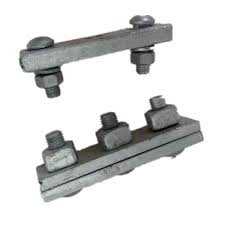
- Types of cable suspension clamps – there are several types available in the market. These include parallel groove clamps, dead end clamp, vibration dampers and OPGW clamps. Assess the specific benefits and performance of each cable suspension clamp before deciding.
- Materials and corrosion resistance – the cable suspension clamps are from different materials. . These include aluminum, stainless steel and polymer materials. The materials should provide corrosion resistance, electrical isolation and suitability in various applications.
- Environmental conditions – South America comprises of different climates such as tropical climates, mountainous areas and coastal areas. The cable suspension clamps should offer resistance to corrosion and withstand the varying temperature conditions.
- Regulatory compliance – the cable suspension clamps should comply with the local and regional regulations in South America.
- Cost effectiveness – consider the cost of the cable suspension clamp. Balance the cost with quality and performance.
- Research and development – there is innovative research and development of cable suspension clamps in South America. This development ease the use of the clamps and increases their performance.
- Regional preferences – these include the availability of materials, skilled labor and infrastructures available.
Certifications and standards in South America
It is important to ensure the cable suspension clamp complies with the regional and local standards in South America. These standards and certifications vary by country and region. Additionally, it is advisable to consult with local authorities, utility companies and regulatory bodies. This helps to understand the specific standards and requirements governing your project. The following are the certifications and standards in South America.
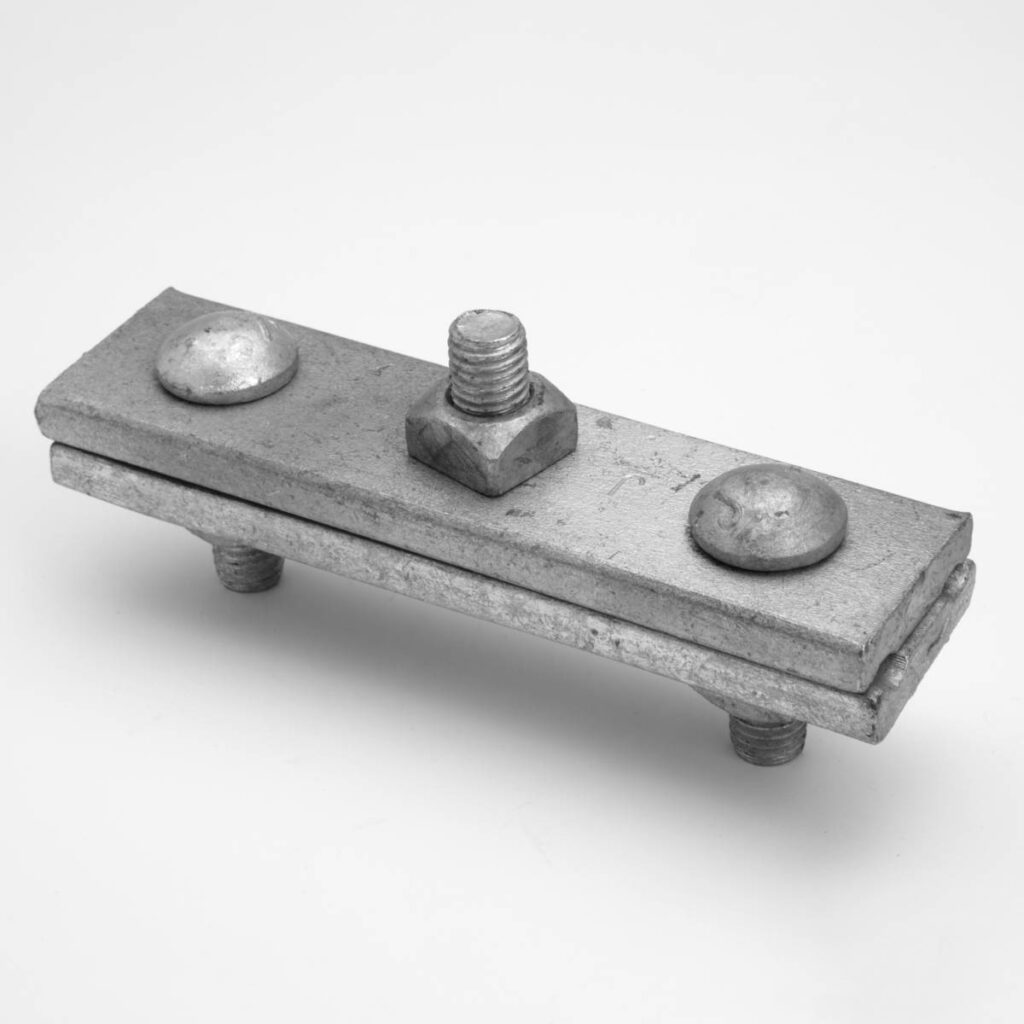
- ANSI standards – these are American standards for overhead line hardware adapted by south American countries.
- IEC standards – these include standards for overhead line equipment used in the region.
- National standards – as mentioned before, each country has their own set of specific standards.
- ISO certification – this works as a quality assurance measure by manufacturers of cable suspension clamps.
- Regional trade agreements – these are agreements that impact the certification and acceptance of electrical equipment.
Regional market for cables suspension clamp in South America
There are various market trends that influence the regional market for cable suspension clamps. These market dynamics vary by each South American country. Also, it is advisable to conduct market research and stay informed about specific opportunities and challenges. The following are the common market trends in South America.
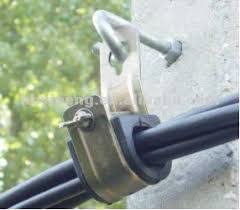
- Project financing – availability of financing for large infrastructure projects impacts the demand for cable suspension clamps.
- Technological advancements – advancements in clamp design and material drives innovation in the market.
- Competition – competition from local and international manufacturers also influence the demand for cable suspension clamps.
- Mining and industrial sectors – these sectors depend on specialized cable suspension clamps for their needs.
- Renewable energy integration – the shift to renewable energy requires the use of new transmission lines. These transmission lines and systems increase the demand for cable suspension clamps.
Frequently asked questions
What is a cable suspension clamps and its role in electrical infrastructure?
A cable suspension clamp is a device used to support and secure electrical cables in overhead transmission lines. it helps to ensure reliable transmission of electricity while withstanding diverse environmental conditions.
How do cable suspension clamps contribute to safety in south American electrical networks?
They help provide secure support and tension control for cables to reduce the risk of sagging or damage. They also ensure electrical isolation between cables and supporting structures.
